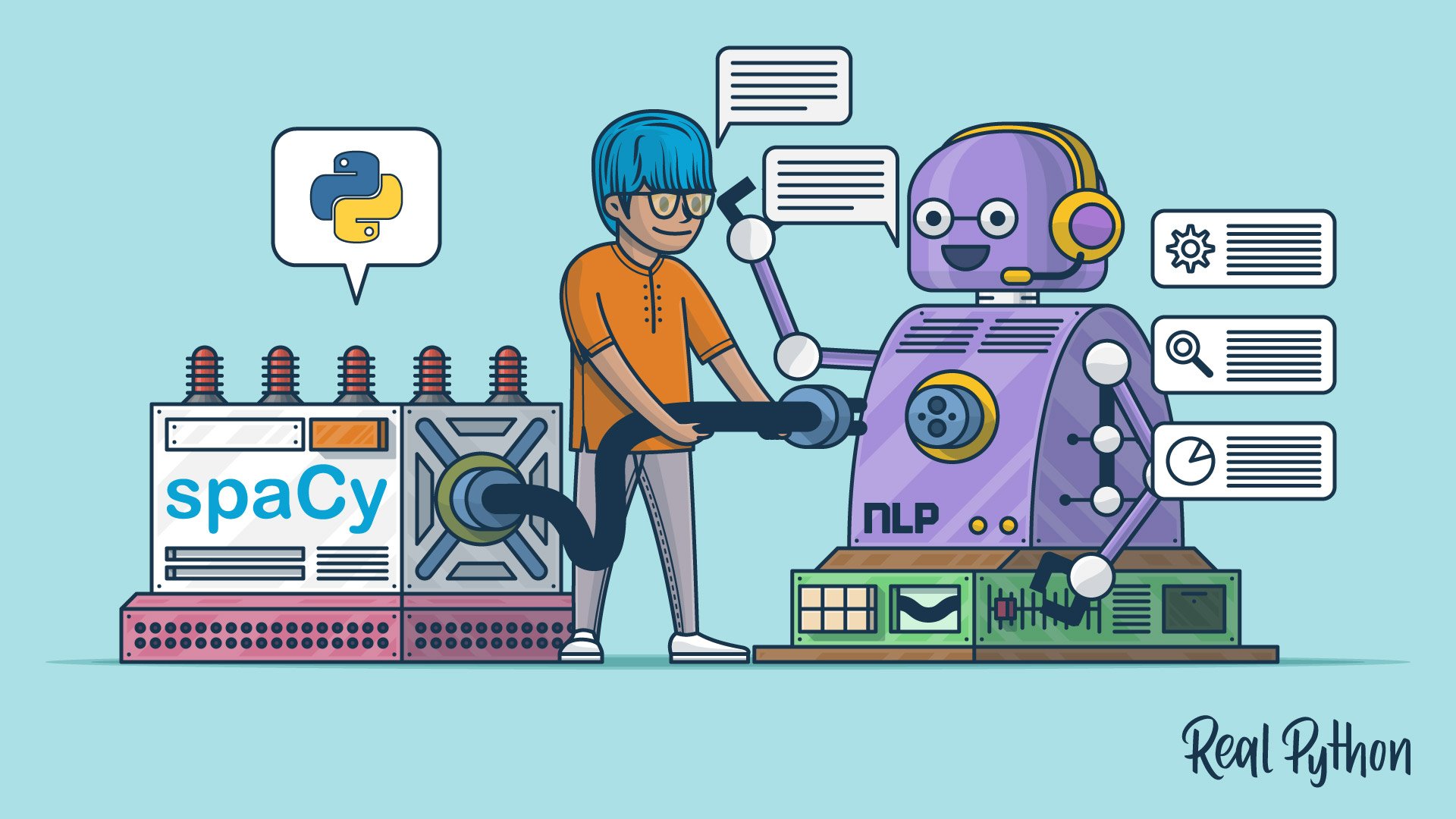In this step-by-step tutorial, you’ll learn how to use spaCy. This free and open-source library for Natural Language Processing (NLP) in Python has a lot of built-in capabilities and is becoming increasingly popular for processing and analyzing data in NLP.
spaCy is a free and open-source library for Natural Language Processing (NLP) in Python with a lot of in-built capabilities. It’s becoming increasingly popular for processing and analyzing data in NLP. Unstructured textual data is produced at a large scale, and it’s important to process and derive insights from unstructured data. To do that, you need to represent the data in a format that can be understood by computers. NLP can help you do that.
In this tutorial, you’ll learn:
- What the foundational terms and concepts in NLP are
- How to implement those concepts in spaCy
- How to customize and extend built-in functionalities in spaCy
- How to perform basic statistical analysis on a text
- How to create a pipeline to process unstructured text
- How to parse a sentence and extract meaningful insights from it
What Are NLP and spaCy?
NLP is a subfield of Artificial Intelligence and is concerned with interactions between computers and human languages. NLP is the process of analyzing, understanding, and deriving meaning from human languages for computers.
NLP helps you extract insights from unstructured text and has several use cases, such as:
spaCy is a free, open-source library for NLP in Python. It’s written in Cython and is designed to build information extraction or natural language understanding systems. It’s built for production use and provides a concise and user-friendly API.
#python #machine-learning
